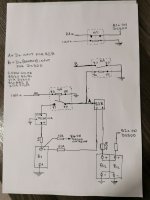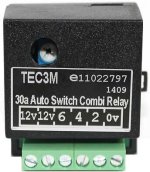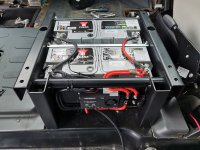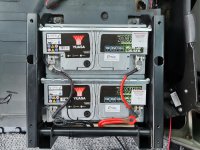GWO110
New member
Hi, I'm really hoping someone can help. I need a D+ signal, either a +12v or D+ to ground. It's a 2017 Boxer/Ducato 2.0 BlueHDi. I've been searching for days on end online and I've purchased downloaded manuals but still no success. The van does not have the converters sockets in the B-pillar. I read that it's the brown/green wire from pin 25 on the 52 pin lower right connector on the Body Control Module / Dash fuse box. That must have been an earlier model as my connector plug has 60 pins and no brown/green. I read that it's the brown/black wire from the BCM in the Converters manual and I've spliced into three brown/black wires with no success. Can anyone help or has anyone got the pinouts for the 60 pin connector from the BCM/Dash fuse box.






